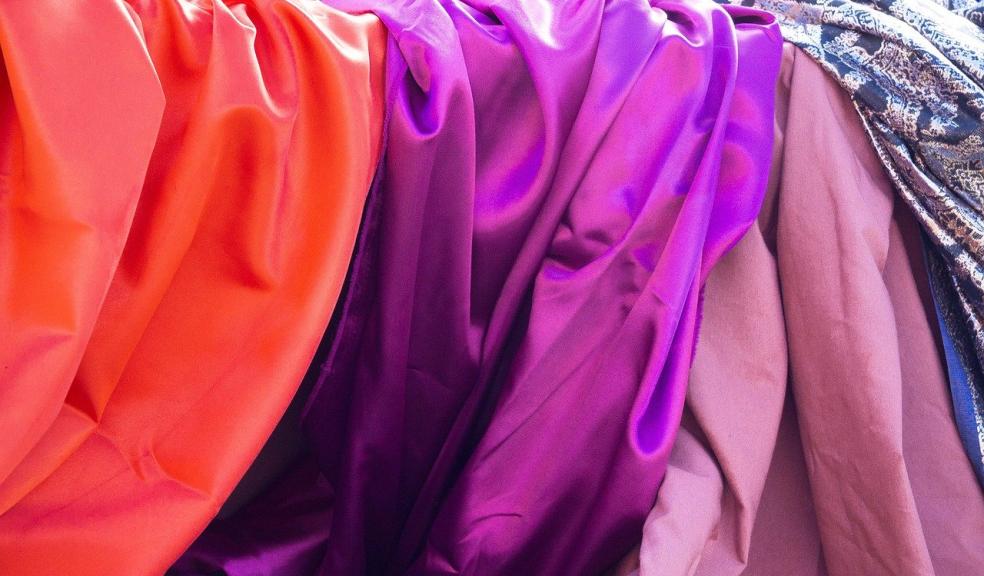
Silk Fabric Dos and Don'ts
Silk is a special kind of fabric made from natural materials that you can turn into wonderful clothing and fashion accessories. Often, silk is fashioned into stunningly luxurious lingerie items and robes, dresses, and scarves. It's a fabric coveted by many. It has been around since ancient times, with evidence proving that it was first produced in China and reserved for making the royal garments.
Silk is very delicate and requires gentle handling. So, if you are going to work with silk for your next project, you should know the materials to use and some dos and don'ts to ensure that you do not ruin the fabric and achieve success with whatever project you are undertaking.
Dos and don'ts for handling silk fabrics
Some of the dos and don'ts in handling silk involve sewing and washing, so here are a few tips.
Dos
- Pre-wash the fabric to remove any traces of dye, and prevent colour bleeding. Wash the silk fabric or garment separately, particularly the first time. Use warm water (less than 86° F) for washing, and rinse it in cold or lukewarm water. Read the fabric care label carefully. You can hand wash some silk items, and others can be machine washed. However, there are silk items that require dry cleaning.
- Use the lowest temperature setting to iron your silk garment. Iron it while it is still damp, and see to it that the garment is inside out.
- Prevent tangles and snags by not wearing metal bracelets and necklaces.
Don'ts
Don't rub the fabric surface together, and do not crumple it. Swish the garment or fabric around for five minutes before rinsing. Add a few drops of white vinegar when rinsing to remove any detergent residue.
- Don't use chlorine bleach. Don't expose the fabric to direct sunlight as the colour will fade. If you are machine washing, use delicate detergent. Do not to tumble dry silk items as the high temperature can ruin silk clothes.
- Do not wring silk garment or fabric. Put it on a towel and roll the towel to remove the excess water. Lay the silk item flat over another towel and leave it to air dry in the shade.
- Don't allow the garment to come in contact with personal care products such as self-tanning oils/lotions, deodorant, or perfume.
Tips for sewing silk
If you are going to use silk for your next sewing project, be sure to pre-wash the fabric. Silk tends to shrink, so you can get that minor issue out of the way. Use water at room temperature. Use laundry detergent made for delicate fabrics. Allow the silk fabric to air dry. Never use the dryer as it can damage the material, as well as shrink it.
Use a good quality fabric pen that will not leave a mark after washing the item. Stabilise the silk fabric before cutting. Use a rotary cutter as it prevents the fabric from shifting. Use silk pins and cut off straggling yarn ends immediately.
Silk fabrics require extra care, so follow any instructions on how to handle it to the letter.













